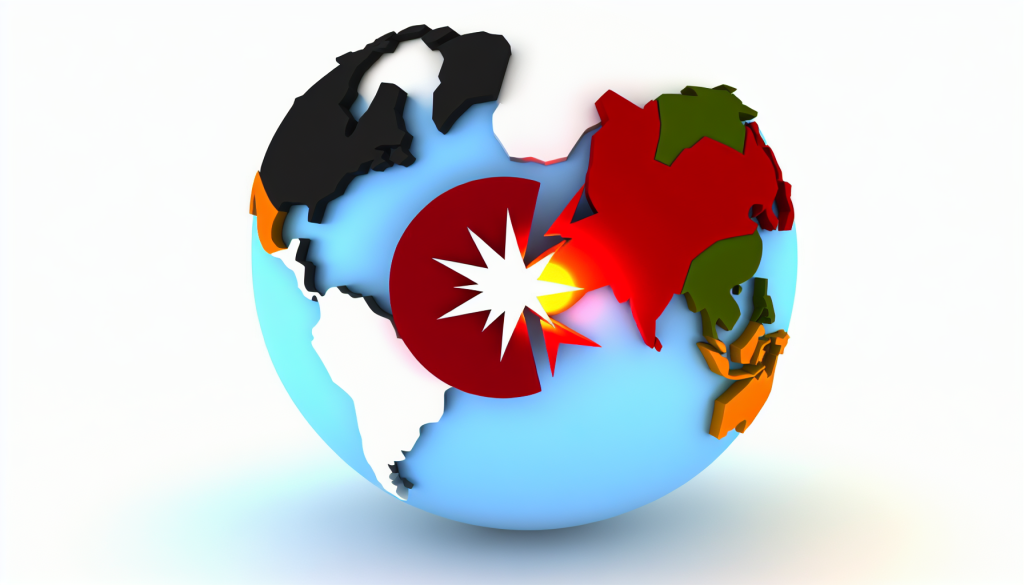Ukraine’s $3.5 Billion Defence Boost: A New Chapter in Support Against Russian Aggression
On September 19, 2025, Ukrainian President Volodymyr Zelensky announced a significant funding initiative, revealing that Ukraine expects to receive $3.5 billion by the following month to bolster its defence through the procurement of U.S.-made weapons. This substantial financial injection comes at a critical juncture in Ukraine’s ongoing conflict with Russia, highlighting the continued commitment of international allies to support Ukraine’s sovereignty and security.
The Prioritized Ukraine Requirements List (PURL)
This latest funding is facilitated through the Prioritized Ukraine Requirements List (PURL), a collaborative initiative involving NATO member states, particularly aimed at streamlining the acquisition of American military equipment. While the U.S. has played a pivotal role in providing support, this new funding is primarily backed by contributions from other NATO members. The PURL is designed to ensure Ukraine can swiftly procure not just weapons and munitions, but also essential military equipment necessary for effective operations on the battlefield.
International Military Collaboration and Ukraine’s Defence Industry
As the war with Russia continues, there has been a notable shift in how Western allies are choosing to support Ukraine. With NATO membership seemingly out of reach for Ukraine, the focus has turned toward investing in the country’s burgeoning defence industry. This strategy aims to enhance Ukraine’s military capabilities, ultimately allowing it to produce sophisticated military technologies, including advanced drones and munitions.
Recent advancements in Ukraine’s military technologies have showcased the country’s potential. For instance, a new quadcopter drone capable of evading Russian jamming devices can fly over 20 kilometers and drop guided explosives, proving to be a game-changer in combat scenarios.
Threats Looming: Russian Drone Attacks
While Ukraine prepares to strengthen its arsenal, threats still loom large. Just hours before Zelensky’s announcement, reports emerged of a drone attack in Kyiv, where fragments from downed Russian drones caused damage to trolley bus lines but fortunately resulted in no injuries. This incident serves as a stark reminder of the persistent danger Ukraine faces, underscoring the urgency for continued international support.
A European Response
Recognizing the growing threat of Russian aggression, European nations have begun ramping up their military assistance to Ukraine. Recently, Ireland delivered 34 military vehicles and three demining robots to Ukraine, as part of its non-lethal military aid program. The Irish Defence Forces transferred this equipment to Poland, marking another step in Ireland’s commitment to stand firmly with Ukraine against Russia’s brutal invasion.
High-Level Diplomatic Engagement
Diplomatic efforts also continue amidst the ongoing conflict. Former U.S. President Donald Trump recently remarked on the pressing nature of the war, expressing disappointment that the situation has not evolved as he had anticipated. He indicated that initial hopes for a swift resolution to the conflict, bolstered by his relationship with Russia’s Vladimir Putin, have not materialized. Trump’s comments reflect a broader international sentiment that peace negotiations remain elusive despite various attempts at engagement.
The Role of Oil in Conflict Resolution
Trump has also suggested that a strategic approach could facilitate a resolution to the conflict, emphasizing that if European nations reduce their purchase of Russian oil, it would weaken Moscow’s financial grip and potentially lead to negotiations. This perspective aligns with ongoing discussions among NATO members, many of whom are reevaluating their energy dependencies and the implications for European security.
The Human Cost of War
As Ukraine prepares for intensified conflict dynamics, the human cost remains staggering. In a recent exchange, Ukraine received the remains of 1,000 soldiers killed in the ongoing war. Authorities are working diligently to identify these fallen heroes, a grim reminder of the profound sacrifices being made in the conflict. The repatriation of soldiers’ bodies underlines the deep commitment and tragic toll the war has inflicted on Ukraine.
Conclusion
The initiatives and developments surrounding Ukraine’s military support reflect a complex web of geopolitical strategy, humanitarian concern, and the pursuit of peace. As Ukraine continues to seek both immediate and long-term solutions, the role of international allies—including funding, military equipment, and diplomatic engagement—remains crucial in shaping the outcome of this enduring conflict. Each day offers new challenges but also opportunities for collaboration, scaling Ukraine’s military capabilities while addressing the human element at the heart of the war.

